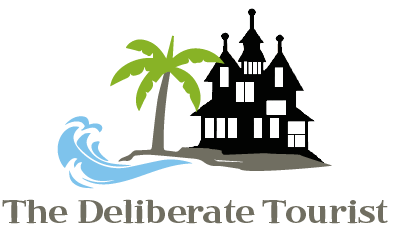It was a beautiful summer’s day onn Sunday and I had the chance to explore yet another of the barrier islands off the coast of Georgia. Many are not accessible to the general public, and it is always special to visit one of these beautiful islands. See the article below for more on barrier islands.
The Ossabaw Island Foundation is the current administrator of the island, but it is owned by the Georgia Department of Natural Resources. It is set up as a Heritage Preserve, in acknowledgement of its special history. When the Georgia DNR took over the islnaand in 1978 it was gifted to the state by Sandy West, whose parents had bought the island in 1924. She wanted to make sure the island remained unspoiled (developers were circling) and that it continued to support science, art, and education. Sandy was given lifetime residency (she was then in her 60’s) and today is 103!! I think she made a very good deal with the DNR! Until just a month ago she still lived on the island with the help of carers, but she is now in an assisted living home in Savannah. I’m told she is enjoying outings that are more accessible than when she was on the island. There are a lot of stories about her, as she is a most lively and interesting woman who has always know what she wanted out of life.
We left from the marina on Skidaway Island and headed towards Ossabaw Island. It is only about 20 miles. On the way we passed Green Island, Wausaw Island, and Raccoon Key. We could see other islands in the distance as we traveled through the marshes. As we neared Ossabaw Island the captain gave us a tour of some of the coast of the island, and took us up Bradley Creek, possible because we are having very high tides because of the tropical depression off the coast of Georgia. He told us that all Georgia coastline between the high tide mark and low tide mark is available to the public by law. We saw several boats of people taking advantage of this law as we approached the island.
Once on the island a member of the Ossabaw Island Foundation gave us some more history of the island. It was settled in colonial times, and was farmed for indigo up until after the Revolutionary War. At one point it was divided into 4 plantations and various crops were raised. Later it was a cattle ranch. Once Sandy West was back on the island she set up the first foundation to encourage the arts and sciences, where people could come and stay and create for a nominal fee per week. It is known as having been an artist’s colony over those years. This continued until it was taken over by the DNR in 1978.
Today the Ossabaw Island Foundation still sponsors activities that encourage creativity with painting workshops and other artistic workshops. They are expecting a group of archeologists this week that will be there for 5 weeks, and later this summer there will be an indigo workshop.
After the Civil War a group of freed slaves left Ossabaw Island and moved to Pin Point on the mainland. You can read about Pin Point in an earlier post.
-

-

An osprey on its nest. They return to the same nest every year.
-

-

Approaching Ossabaw
-

These dunes were formed by a hurricane in the late 1800's.
-

Some shore birds.
-

Bradley Creek.
-

The West home.
-

The dock on Ossabaw I.
-

Walking up to the Clubhouse.
-

The Clubhouse. used for meetings.
-

Indigo plants.
-

Indigo plants
-

The Boarding House.
-

Part of the herd of donkeys on the island.
-

Tabby slave cabins.
-

Inside a slave cabin.

















